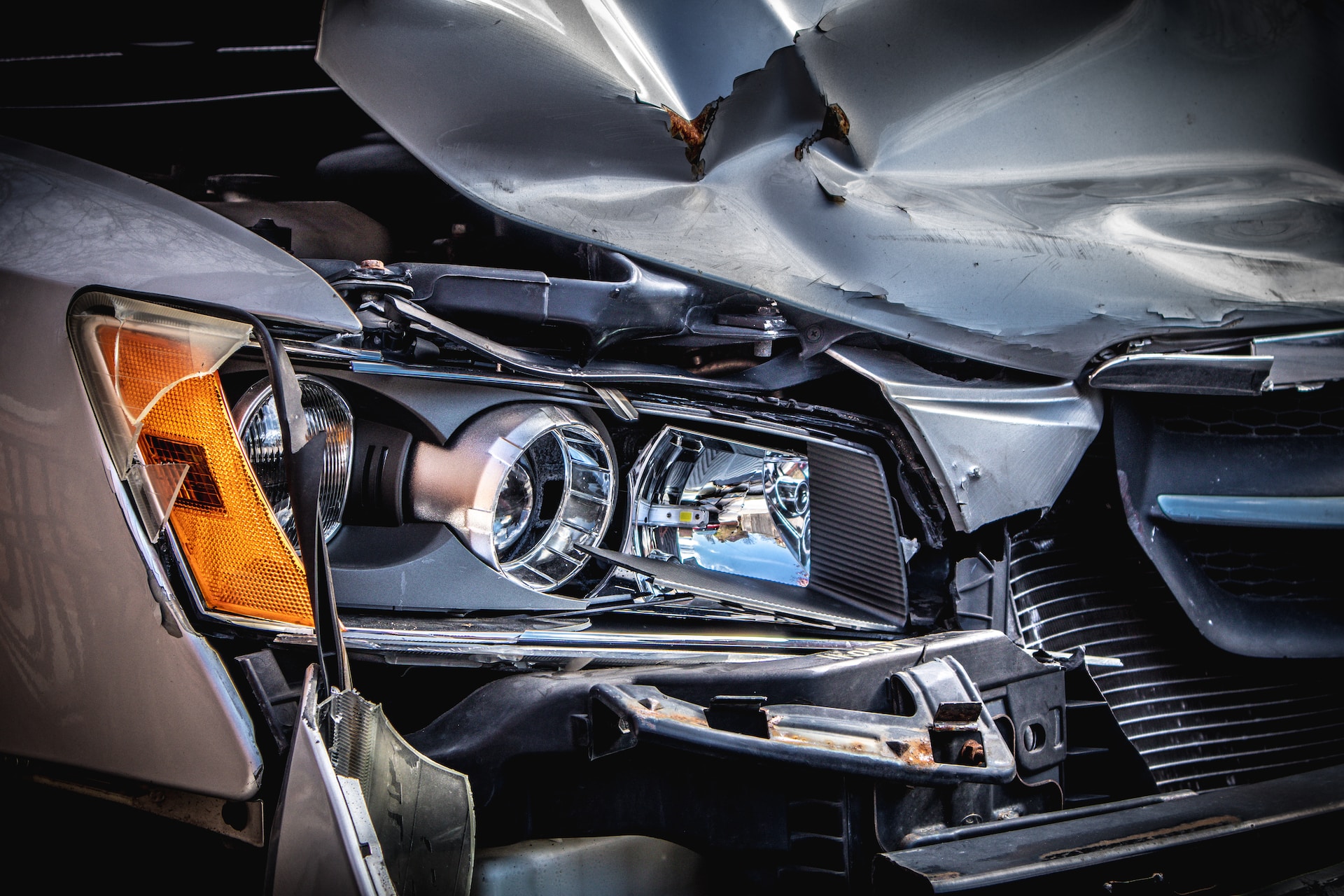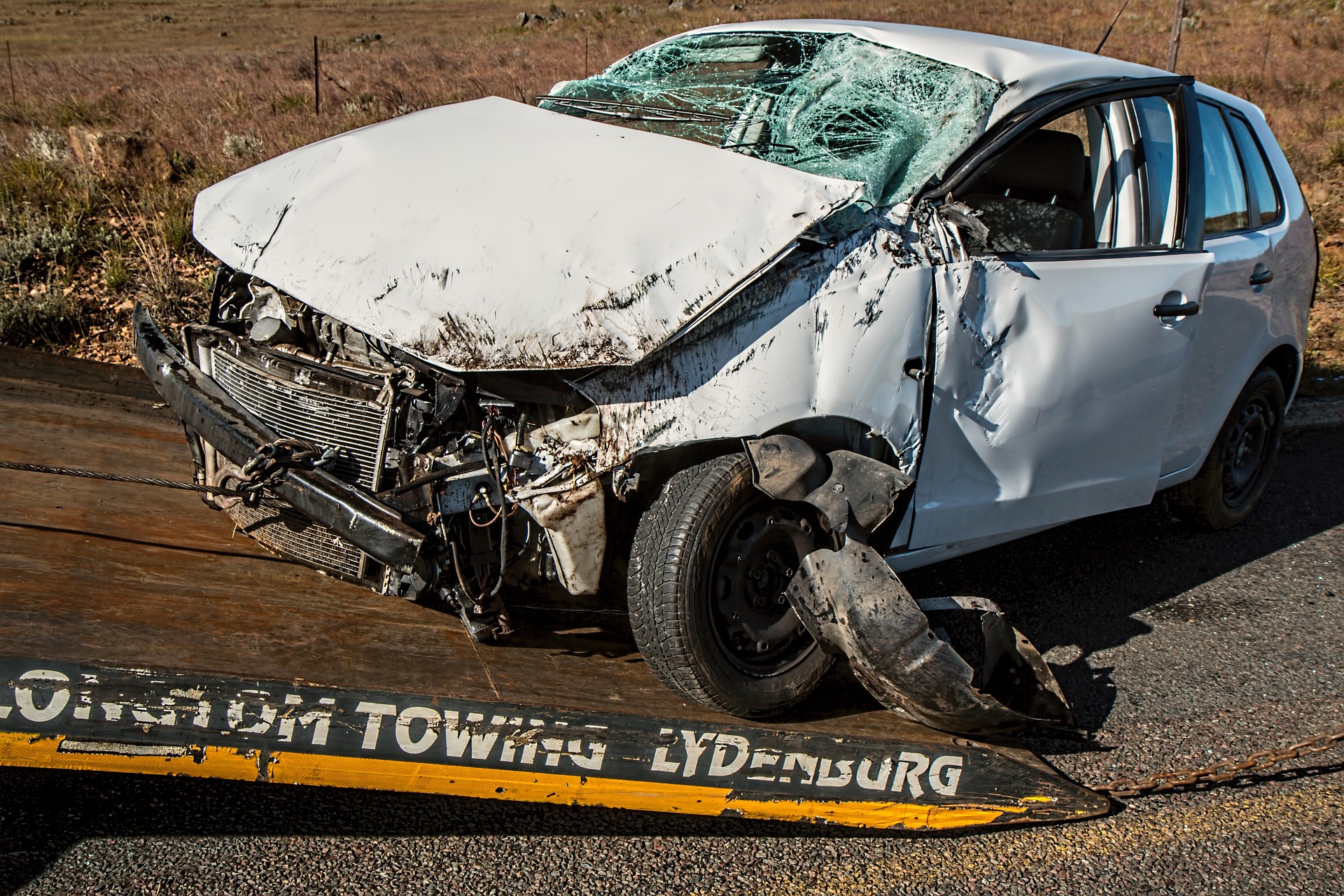If you’ve been in a car accident, you may be wondering who is responsible for your injuries and damages. Was it the other driver’s fault? Or was it something wrong with your car or one of its parts? A defective vehicle or part may cause an automobile accident, and you may have a legal claim against the manufacturer or seller. If you suspect a defective vehicle or part caused your accident, follow these steps.
1. Seek Medical Attention
After a car crash, get medical attention for yourself and others. Internal injuries may require diagnosis and treatment even if you don’t feel pain or symptoms. Getting medical attention will also help document your injuries and link them to the accident.
2. Preserve the Evidence
If possible, do not repair or dispose of your vehicle or any parts that may be defective. You will need them as evidence to prove that the defect caused or contributed to the accident. Take photos and videos of the vehicle and the parts, as well as the scene of the accident and any skid marks, debris, or damage. Keep receipts and records of any repairs or maintenance you did on your vehicle before the accident.
3. Report the Accident
The moment the accident occurs, you should notify your insurance provider; however, until you have spoken with a lawyer, do not accept fault or sign any waivers or releases. Additionally, you want to notify the National Highway Traffic Safety Administration (NHTSA), a government body in charge of overseeing recalls and safety regulations for motor vehicles. You can report a complaint by phone at 1-888-327-4236 or online at https://www-odi.nhtsa.dot.gov/VehicleComplaint/. By informing NHTSA about the accident, you can help them start an investigation and be made aware of any potential flaws.
4. Contact a Lawyer
If you believe that a defective vehicle or part caused or contributed to your accident, you should contact a lawyer who specializes in product liability and car accident cases. A lawyer can help you determine if you have a valid claim against the manufacturer or seller of the product, and what damages you may be entitled to recover. A lawyer can also help you gather evidence, negotiate with insurance companies, and represent you in court if necessary.
5. Understand Your Legal Options
Depending on the type and cause of the defect, you may have different legal options to pursue your claim. Some of the most common legal theories for defective vehicle or part cases are:
- Strict liability: This means that you do not have to prove that the manufacturer or seller was negligent or knew about the defect. You only have to prove that the product was defective and that it caused your injury.
- Breach of warranty: This means that the manufacturer or seller failed to fulfill their promise or guarantee about the quality or performance of the product.
- Negligence: This means that the manufacturer or seller failed to exercise reasonable care in designing, testing, manufacturing, inspecting, or warning about the product.
Some of the most common types of defects that can cause car accidents are:
- Brake failure: If your brakes fail, you may not be able to stop in time to avoid a crash.
- Tire blowout: While driving, if your tyre blows out or loses air pressure, you risk losing control and veering off the road or into another lane.
- Airbag malfunction: You could sustain severe head, neck, chest, or limb injuries if your airbag fails to deploy, deploys late, deploys forcibly, or deploys without an accident.
- Seat belt failure: If your seat belt fails to lock, unlatch, tear, or cut into you during an accident, you may not be adequately restrained and incur more serious injuries.
- Steering failure: You may be unable to manoeuvre safely and avoid obstacles if your steering system locks up, pulls to one side, or makes noises.
- Accelerator failure: If your accelerator pedal sticks, jams, breaks, or malfunctions, you may not be able to control your speed or stop.
- Ignition failure: If your ignition system fails to start, stalls, turns off unexpectedly or catches fire while driving, you may lose power and be stranded or at risk of a crash.
6. Identify the Liable Parties
Depending on the nature and cause of the defect, you may have a legal claim against one or more parties, such as:
- Vehicle/part manufacturer: Safety and performance are the manufacturer’s responsibility. The manufacturer may be accountable for any injuries or damages caused by the flaw if they don’t.
- The dealer or distributor: The vendor or distributor must provide accurate product and feature information. If a seller or distributor misrepresents, conceals, or fails to warn of a problem, they may be liable for injuries or damages.
- The installer or servicer: Quality work and correct parts and tools are the mechanic’s responsibility. The technician or repair shop may be liable for injuries or damages if they install a defective part, use the wrong part, or damage a part during maintenance.
7. File a Claim or Lawsuit
Once you have identified the liable parties, you can file a claim or lawsuit to seek compensation for your injuries and damages. You will need to prove that:
- The vehicle or part was defective in some way (manufacturing defect, design defect, or failure to warn).
- The defect caused or contributed to your accident and injuries.
- You suffered actual damages as a result of the accident and injuries (such as medical bills, lost wages, pain and suffering, etc.).
You will also need to comply with the statute of limitations, which is the time limit for filing a legal action. The statute of limitations varies by state and type of claim, but it is usually between two and four years from the date of the accident. If you miss the deadline, you may lose your right to sue.
8. Seek Legal Advice
Defective vehicle or part cases can be complex and challenging to prove. Manufacturers and sellers may disclaim liability, blame you or others, or offer a poor compensation. You need a skilled lawyer to defend your rights and secure reasonable compensation for your damages.
A lawyer can help you by:
- Investigating your accident and gathering evidence of the defect and its impact.
- Consulting with experts who can testify about the defect and its causation.
- Negotiating with insurance companies and lawyers on your behalf.
- Filing a lawsuit and representing you in court if necessary.
Contact a lawyer today if you were in an accident involving a defective car or part. Act quickly before evidence is lost, witnesses forget specifics, or statutes of limitations expire.


